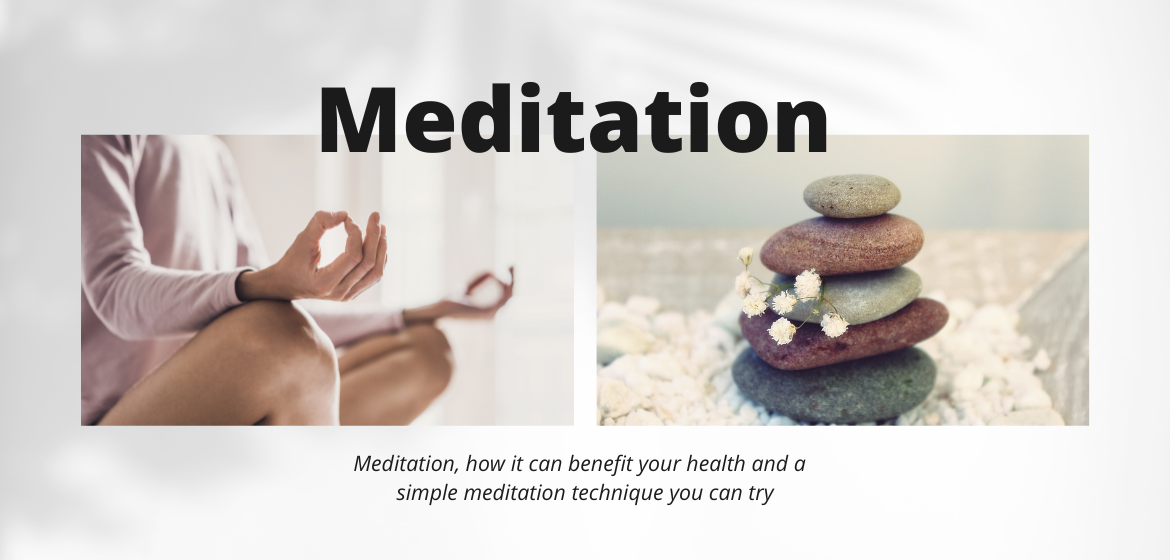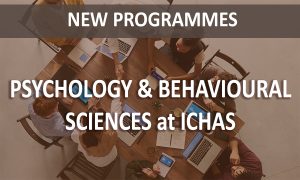
Meditation, How It Can Benefit Your Health and a Simple Meditation Technique You Can Try
World Meditation Day is celebrated annually on May 21st. It is a day dedicated to promoting the practice of meditation and its benefits. The day is meant to raise awareness about its many benefits and to encourage people to make it a part of their daily routine. But what is meditation and how can it benefit you?
What is Meditation?
Meditation is a practice that has been used for thousands of years to promote mental and physical well-being. It involves focusing the mind on a specific object, thought, or activity in order to achieve a state of relaxation and inner peace. It has been shown to have many health benefits, including reducing stress and anxiety, improving sleep, boosting the immune system, and increasing feelings of happiness and well-being.
Mediation Benefits for Your Mental Health
Meditation has many benefits for mental health:
- Reducing stress and anxiety: It can help you feel more relaxed and calm. It can lower the levels of the stress hormone cortisol in the body, which can lead to decreased anxiety and tension.
- Improving mood: Regular practice has been linked to increased levels of happiness and well-being. It can also help reduce symptoms of depression.
- Enhancing emotional regulation: Taking time out to practice can help improve your ability to regulate emotions, making it easier to manage difficult emotions like anger, frustration, and sadness.
- Improving focus and attention: Meditation can improve your ability to concentrate and stay focused, which can be helpful in both work and personal life.
But it can also benefit your physical health. It can help reduce inflammation, lower blood pressure, strengthen the immune system, improve sleep, and improve heart health.
A Mindfulness Meditation to Try
World Meditation Day is also a great opportunity to try meditation for the first time or to deepen your existing practice. One technique that people can practice is mindfulness meditation. Here’s a step-by-step guide to get started:
- Find a quiet and comfortable place where you won’t be disturbed for the duration of the meditation. Sit on a cushion or a chair with your back straight and your feet on the ground.
- Close your eyes and take a few deep breaths. Focus on your breath and the sensation of air flowing in and out of your nose. You can also focus on the rising and falling of your belly or chest as you breathe.
- As you focus on your breath, your mind will inevitably start to wander. When you notice this happening, simply acknowledge the thought or feeling that has arisen, and then gently bring your attention back to your breath.
- Keep focusing on your breath and practicing this process of acknowledging and letting go of thoughts and feelings for 5-10 minutes or longer, depending on your preference.
- When you are ready to end the meditation, slowly open your eyes and take a few deep breaths. Take a moment to notice how you feel before going about your day.
You can also check out this article on mindfulness from having a beginner’s mind to showing gratitude.

Many meditation groups and organisations will be offering special events and classes on this day to help people learn more about meditation and its benefits. If you are interested in meditation, World Meditation Day is a great time to get started.
Why not try this 30-day meditation challenge to get things started:
- Week 1: Mindfulness of Breath – Practice 10 minutes of mindfulness of breath every day. Find a quiet place where you can sit comfortably with your back straight, and set a timer for 10 minutes. Focus your attention on the sensation of your breath going in and out of your nostrils. When your mind wanders, gently bring your attention back to your breath.
- Week 2: Body Scan – Practice 10 minutes of body scanning every day. Find a quiet place where you can lie down comfortably, and set a timer for 10 minutes. Starting from your toes, bring your attention to each part of your body, noticing any sensations or tension you may be holding. Move your attention slowly up your body until you reach the crown of your head.
- Week 3: Loving-Kindness – Practice 10 minutes of loving-kindness every day. Find a quiet place where you can sit comfortably with your back straight, and set a timer for 10 minutes. Begin by sending love and compassion to yourself, repeating the phrase “May I be happy, may I be healthy, may I be safe, may I live with ease.” Then, expand your focus to include loved ones, acquaintances, and even difficult people in your life.
- Week 4: Open Awareness – Practice 10 minutes of open awareness every day. Find a quiet place where you can sit comfortably with your back straight, and set a timer for 10 minutes. Allow your attention to be open and receptive, noticing any thoughts, feelings, or sensations that arise in the present moment. Try not to judge or analyze what you’re experiencing, but simply be aware of it.
- Reflect and Revisit – Take some time to reflect

Notice any changes in your mental or physical health, and think about what you’ve learned about yourself and your meditation practice. You can revisit any of the aspects of this meditation technique that you found particularly helpful. Remember, the key to a successful meditation practice is consistency. By committing to this 30-day challenge, you’ll be well on your way to experiencing the many benefits of meditation.
























